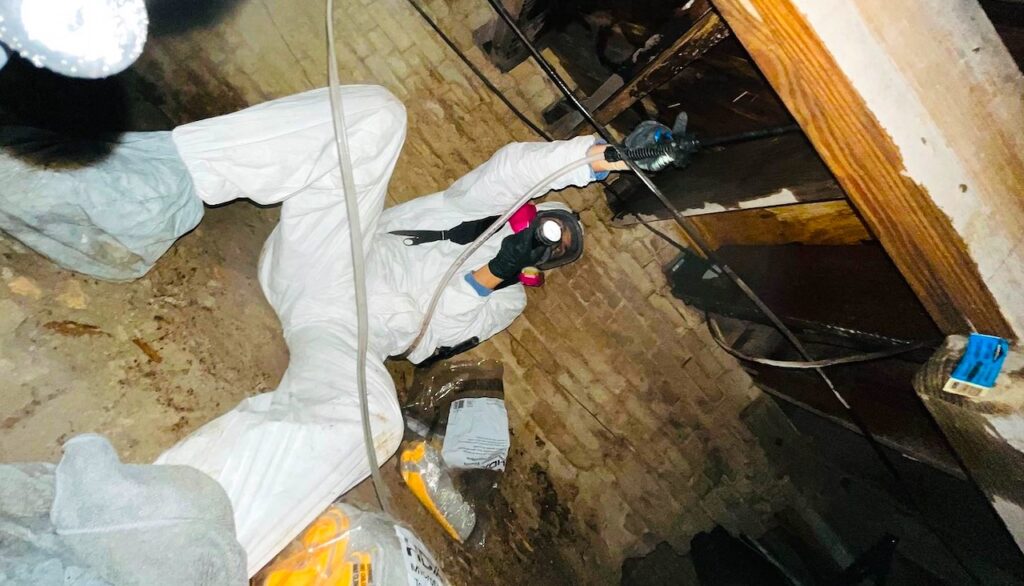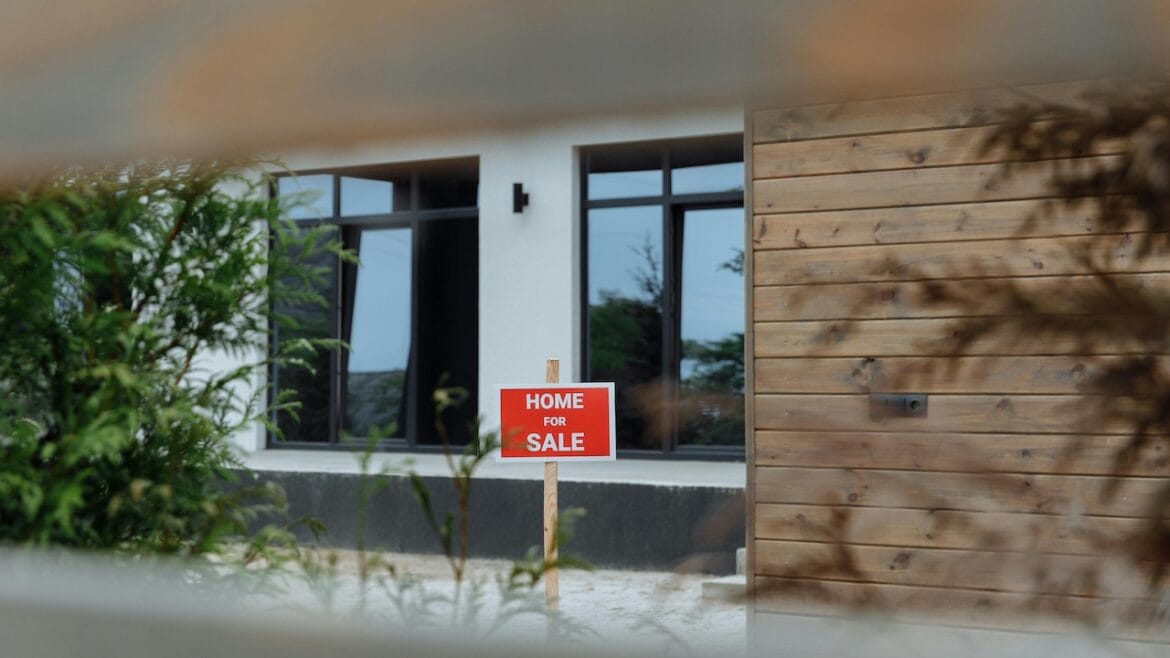Buying a new home is exciting but it comes with its fair share of concerns, especially in a place as humid as Florida where mold and water damage are common.
We’re often asked by people in the market for a new home about the less obvious signs of mold and past water issues.
Here’s a quick list of the most common signs of past problems we’ve seen locally.
- Inspect Behind Wall Hangings: Mold can grow behind pictures, mirrors, and other wall hangings, especially in humid areas like bathrooms. Remove these items to check for hidden mold.
- Look for Efflorescence in Basements: This white, chalky substance on basement walls is a sign of water intrusion. It’s a good indicator that moisture has been present, which could lead to mold.
- Check Inside Cabinets and Under Sinks: These are common places for leaks and mold growth. Look for any signs of moisture, discoloration, or musty smells.
- Use a Flashlight: A strong flashlight can help you see into dark corners and behind appliances. Mold often grows in these less-visible areas.
Understanding the Risks
Florida’s humid climate creates an ideal environment for mold growth. Mold can cause serious health issues and structural damage if left unchecked. Water damage, whether from flooding, leaks, or poor drainage, often precedes mold growth. Identifying these issues early can save you time, money, and stress in the long run.

Exposure to mold can cause health effects in some people. Mold spores are always found in the air we breathe, but extensive mold contamination may cause health problems. Breathing mold can cause allergic and respiratory symptoms.
— New York State Department of Health, “Mold and Your Home“
Signs of Mold Growth
- Musty Odor: Mold often produces a distinctive, musty smell. If you notice this odor in certain areas of the home, it could be a sign of hidden mold.
- Visible Mold: Mold can appear in various colors, including black, white, green, or gray. Check for visible mold in damp areas like bathrooms, kitchens, basements, and around windows.
- Water Stains and Discoloration: Look for water stains on ceilings, walls, and floors. Discoloration can range from yellowish to brownish hues and may indicate past water damage that could have led to mold growth.
- Peeling or Bubbling Paint: Excess moisture can cause paint to peel or bubble. This is often a sign of water intrusion and potential mold issues behind the walls.
- Condensation: Persistent condensation on windows or walls can indicate high humidity levels, which can lead to mold growth.
Signs of Past Water Damage
- Warped or Buckled Floors: Water damage can cause wood floors to warp or buckle. Pay attention to uneven or soft spots when walking through the home.
- Sagging Ceilings: A sagging ceiling can be a sign of water accumulation and potential structural damage.
- Efflorescence: This white, powdery substance can appear on basement walls or floors and indicates that water has been seeping through the masonry.
- Rusty Pipes and Fixtures: Check under sinks and around toilets for rust or corrosion, which can be a sign of past leaks.
Expert Tips and Tricks
- “Follow the Water”: Water travels the path of least resistance. If you find a water stain or mold, trace it back to its source. This could lead you to hidden leaks or areas of moisture intrusion.
- “Mold Never Sleeps”: Mold can start to grow within 24-48 hours of water exposure. If you see any signs of recent water damage, assume there’s a possibility of mold and investigate further.
- “The Nose Knows”: Trust your sense of smell. A musty odor is one of the earliest signs of mold, even if you can’t see it. If something smells off, it’s worth a closer look.
- “Check the Corners”: Mold often starts in corners and less-visible areas. Pay special attention to the corners of rooms, inside closets, and behind furniture.
- Use a Moisture Meter: A moisture meter can help you detect hidden moisture in walls, floors, and ceilings. High readings could indicate a past or present water issue.
- Check the HVAC System: Mold can grow in HVAC systems and spread throughout the home. Inspect the system for mold, and consider having it professionally cleaned if you notice any signs.
- Inspect the Attic and Crawl Spaces: These areas are often overlooked but can harbor mold and water damage. Look for signs of leaks, mold, and proper ventilation.
- Review the Home’s History: Ask for a disclosure statement from the seller, which should include any known water damage or mold issues. Additionally, consider obtaining a comprehensive home inspection report.
- Hire a Professional: If you suspect mold or water damage, hire a professional mold inspector. They can perform thorough testing and provide a detailed report on the home’s condition.
Call Us for a Consult Before Buying
Mold and water damage are serious issues that can affect the health and safety of your new home.
By being vigilant and knowing what to look for, you can make an informed decision and avoid costly surprises down the road. If you have any concerns, don’t hesitate to consult with a mold remediation expert to ensure your new home is safe and sound.
Remember, a little due diligence now can save you a lot of trouble later. Happy house hunting!







